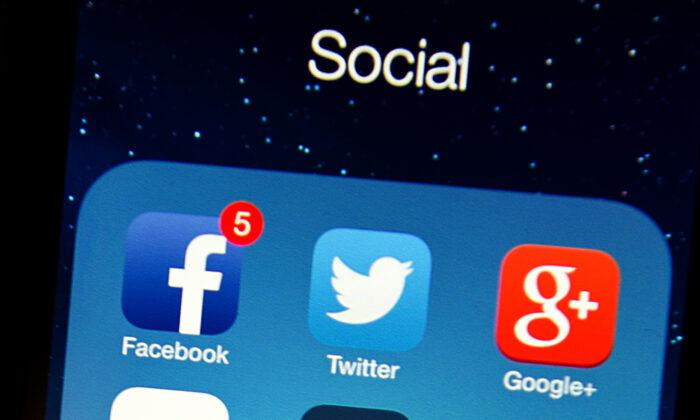The warnings from brain development experts regarding excessive social media usage have increased in recent years, but how many people are listening?
Why Is the Overuse of Electronic Devices Harmful?
Stimulus overload emanating from computers, phones, and video games is hard on the eyes and normal brain development and function. These devices can also steal time away from genuine communication and distract us from a natural rhythm in our daily lives.These platforms can include Google, Instagram, Meta, Snapchat, TikTok, YouTube, and WhatsApp.
Similar to alcohol, drugs, or gambling, social media obsession can be addictive, and it requires intervention or great willpower to either break the habit cold turkey or embrace a step-by-step process of decoupling. Rep. Mike Gallagher (R-Wis.) has called TikTok “digital fentanyl.”
Some swear by TikTok, but if it is so fantastic, why is the Chinese version (Douyin) quite benign compared to the U.S. version? As a subsidiary of ByteDance, TikTok must answer to the Chinese Communist Party (CCP), and it’s global, while Douyin is available only in China. Folks in China are allowed only limited time per day on the app, which promotes educational content.
By contrast, TikTok can be highly addictive, can erode one’s work ethic, and can generate depression and suicidal ideation because of endless video clips that are geared toward hooking people on the app. Moreover, much of the information regarding fraudulent transgender and woke ideologies is meant to confuse and divide young people.
The armed forces have come to the party late in realizing the harmful effects of excessive time spent on social media. Military personnel who spend many hours on virtual reality will likely be less prepared for crisis scenarios when lives are on the line.
Let’s hope that the Pentagon is fully aware that the CCP can access personal data from users and utilize that information for nefarious purposes, such as undermining liberty and the rule of law. This should be a blaring five-alarm national security concern.
To a degree, social media platforms can cause anti-social behaviors, as they can short-circuit one’s attention span, which can hinder normal interactions. Domestic platforms have also been known to omit key facts from news stories, which prevents the public from gaining critical information about a story. Withholding vital facts can also buttress a one-sided preferred narrative.
A prime example is when most legacy media outlets failed to report on the fact that tens of thousands of Israelis were displaced from the Gaza Strip border to Israel’s interior and that 5,000 were wounded following the Hamas invasion of Oct. 7, 2023.
Another danger exists when government officials at the local, national, or state levels ban TikTok for government employees, then turn around and use it in their campaigns. Federal workers are forbidden to use the platform, yet President Joe Biden is using it during his reelection campaign. This hypocrisy is a pathetic example to set for anyone who works in both the private and public sectors.
Alternatives to Excessive Social Media Usage
Awareness of the harmful effects of social media is the first step in limiting its use and choosing more fulfilling activities to pursue. It’s unrealistic to assume that those who routinely use social media will give it up completely. It is convenient and has a few redeeming qualities. However, there are many other options in life that are healthier than the social media frenzy.Instead of hours and hours spent on screen time, it is rewarding to gather information from print media outlets such as The Epoch Times, reputable journals, and magazines. Radio stations also deliver entertainment and news content, and it takes effort to visualize the messages and reflect on what is heard. Fiction and nonfiction audio or nonaudio books also offer opportunities to enhance the senses of hearing, touch, and sight.
Another sound method of reducing screen time is daily vigorous exercise, followed by some quiet time for reading and reflection. It’s important to keep the body in motion to develop an appreciation for nature and greater situational awareness.
Tearing oneself away from the screen can be challenging, but if you start to investigate intellectual and spiritual pursuits, it becomes easier to limit time on the screen. It also helps to get up once or twice per hour to move around or stretch so that circulation is enhanced.
Another alternative to screen time is actual socializing. There’s nothing like getting to know folks better and learning how to listen, reflect, and speak normally without distractions.
Exploring new interests and volunteering in a community can help you to experience genuine reality. The advice that I offer isn’t meant merely for the readers but for myself, too. I have to remind myself to maintain a healthy balance to keep virtual reality in its place.







